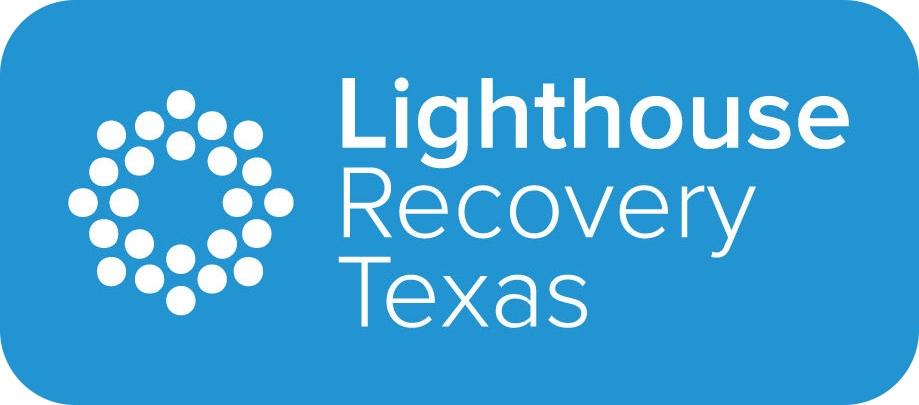The Role and Limitations of Medication Assisted Treatment
Roughly 20.2 million people in the United States suffer from a substance use disorder. And because the disease has rapidly grown in proportion and intensity over the past decades, researchers, doctors, and scientists are working round the clock to truly understand what it takes to effectively resolve the problem. Today, medication assisted treatment – simply referred to as MAT – is one of the most prominent methods of treatment for individuals suffering from various types of addiction and dependence. And while it might not be a viable option for all kinds of substance use disorders, the method has been proven successful for certain types of substances.
What is Medication Assisted Treatment?
As its name implies, medication assisted treatment is a method of treatment for substance use disorder that aims to leverage the benefits of medication with other therapies like counseling and behavioral therapies. The purpose of the medication is threefold, which is:
- To help the patient feel normal
- To control feelings of withdrawal
- To suppress cravings
Presently, the FDA has only approved a few medications for the treatment of opioid dependency and alcohol addiction, so MAT is limited only to cases that deal with opiates and alcohol. However, there are numerous studies that are exploring the potential of various other medications to assist in the resolve of methamphetamine use disorders, among many other types of illicit substances.
How Does MAT Work?
By its name, medication assisted treatment is not a stand-alone method for addressing opiate use disorder (OUD) or alcoholism. Medications are used together with behavioral therapy and counseling in order to improve the outcomes of recovery and help the individual refuse harmful and illicit substances down the line. That is, these medications do not cure dependence or addiction on their own. The sole purpose of the medications is to help individuals function and overcome the negative effects of intake cessation of their specific substance so they can participate in other therapies. As of writing, there are four medications approved for use in medication assisted treatment, which include:
- Buprenorphine
- Methadone
- Naltrexone
- Acamprosate
For Opiate Dependence and Addiction
Opioids are prescribed for the treatment of pain usually after a surgery or an injury. These medications provide feelings of significant physical relief, and also give a feeling of a high. But as the effects of medications wane, the powerfule effects of relief and euphoria are replaced with pain, discomfort, headaches, nausea, and in some cases, depression. This withdrawal syndrome pushes people to keep taking the drug even when it is no longer necessary to treat their initial pain. And thus, dependence and addiction are formed. Unfortunately, individuals who struggle with OUD can’t simply cessate their use of the medication, since withdrawal symptoms can become dangerous and even lifethreatening, even with the help of a medical professional. And that’s where MAT comes in. These drugs help to stimulate the opioid pathways in the brain by replacing opioids with a less dangerous, non-addictive medication. These medications release chemicals into the brain that work similarly to opioids, but aren’t habit forming. Thus the individual is spared from the risk of withdrawal and retain daily functioning in order to participate in therapies and counseling.
For Alcohol Abuse
Medications that work against alcohol abuse – like acamprosate – don’t replace alcohol per se, but they do minimize cravings. This medication works to ‘rewire the brain’, so to speak, allowing the individual to proceed through therapy and counseling without having to deal with the persistent urges and impulses to consume alcohol after beginning absitence. On the other hand, acamprosate can’t stop withdrawal symptoms from occuring. Unlike medications formulated for opioid treatment which continue to stimulate the opioid pathways in the brain to prevent withdrawal, medications used for alcoholism only prevent cravings. So the negative experience of withdrawal will still occur for a duration relative to the extent of the abuse.
What Are the Benefits of MAT?
There are numerous ways that MAT can be beneficial for those seriously seeking to breatk their habit. These range from economical advantages, to more practical benefits that help improve the outcomes of the overall treatment practice all together.
- Increased Treatment Retention – Perhaps one of the most important and significant benefits of MAT is that it increases treatment retention across all patients. Without the use of medications, some patients end up struggling with withdrawal and cravings, diverting them from the purpose of the treatment all together. And when individuals are distracted from sobriety, they have a higher chance of leaving treatment in order to pursue their addiction. These medications work to prevent that.
- Ceiling Effect – Medications like buprenorphine have what’s called a ‘ceiling effect’, which means that the effects of the medication plateu as the individual reaches a certain threshold. This makes the medication safer than other alternatives because it eliminates the risk of an overdose or of developing a tolerance during the treatment process.
- Enhances Social Functioning – Social functioning is one of the cornerstones of behavioral therapy and counseling. When individuals are under the influence of various substances, they become recluse and unwilling to participate in therapies. Through the use of medication assisted therapy, these people become more open and receptive to the various methods used during counseling, allowing them to experience the results of the process more profoundly.
- Relapse prevention – It’s not uncommon for individuals seeking treatment for substance use to relapse during the process. However many of the medications used for MAT significantly suppress cravings and impulses, helping them overcome the urge to take doses again, even when their outside of the treatment setting.
What Are the Limitations of MAT?
There is no such thing as the perfect treatment. While medication assisted treatment has proven to be an effective and reliable solution for a variety of types of substance use disorders, the method is still a growing, developing discipline with many areas for improvement. That said, the present body of knowledge surrounding the use of MAT demonstrates that the system does have a few drawbacks, which includes:
- Highly supervised treatment process – Individuals enrolled in a medication assisted treatment program require strict adherence to intake schedules and dosages. That’s why it’s not advisable that these individuals take their medications without the assistance and supervision of a health professional.
- Side effects – While they curb withdrawal and cravings, these drugs aren’t without their own set of side effects. Taking medications that are used for the MAT process may result to a slew of unpleasant effects, depending on how your body reacts to the new substance.
- Potential for abuse and overdose – Just like any other drug, the medications used in MAT present risks of overdose and abuse. Methadone, for example, has been found to have some potential for abuse and may cause overdose when taken in excessive amounts. This is also why some individuals have tagged MAT as the process of ‘replacing one drug with another.’
- Over-reliance – Some individuals undergoing treatment for substance use disorder look at medications used in MAT as their one way ticket to sobriety, but that’s not the case. If and when behavioral therapy and counseling aren’t taken seriously, the individual becomes reliant on the medication to stay sober. However it’s important to remember that addiction and dependence are only a manifestation of a deeper issue. If these aren’t resolved through therapy and counseling, then the individual might relapse as the medication is removed.
When considering medication assisted treatment, it’s important to emphasize that the medication is only there to assist in the treatment process. These drugs work to support an individual in order to sustain proper, healthy, and normal functioning throughout the therapy and counseling processes. That said, if the other therapies used together with the medication aren’t taken seriously, or if the patient remains unwilling to participate, then there’s only so much that the medication can do.
A Holistic Approach to Sobriety
The basic idea behind medication assisted treatment is that substance use disorder is a disease that affects the person as a whole. That said, it’s important that workers target every aspect of health in order to assist individuals suffering from SUDs towards more effective, long-term wellness. While the MAT process isn’t perfect, it has proven to be a powerful tool in the treatment of individuals suffering from all levels of substance use disorder. And with continued research and improvement to the process, doctors and researchers are hopeful that MAT will become the standard of treatment for all sorts of SUDs.





